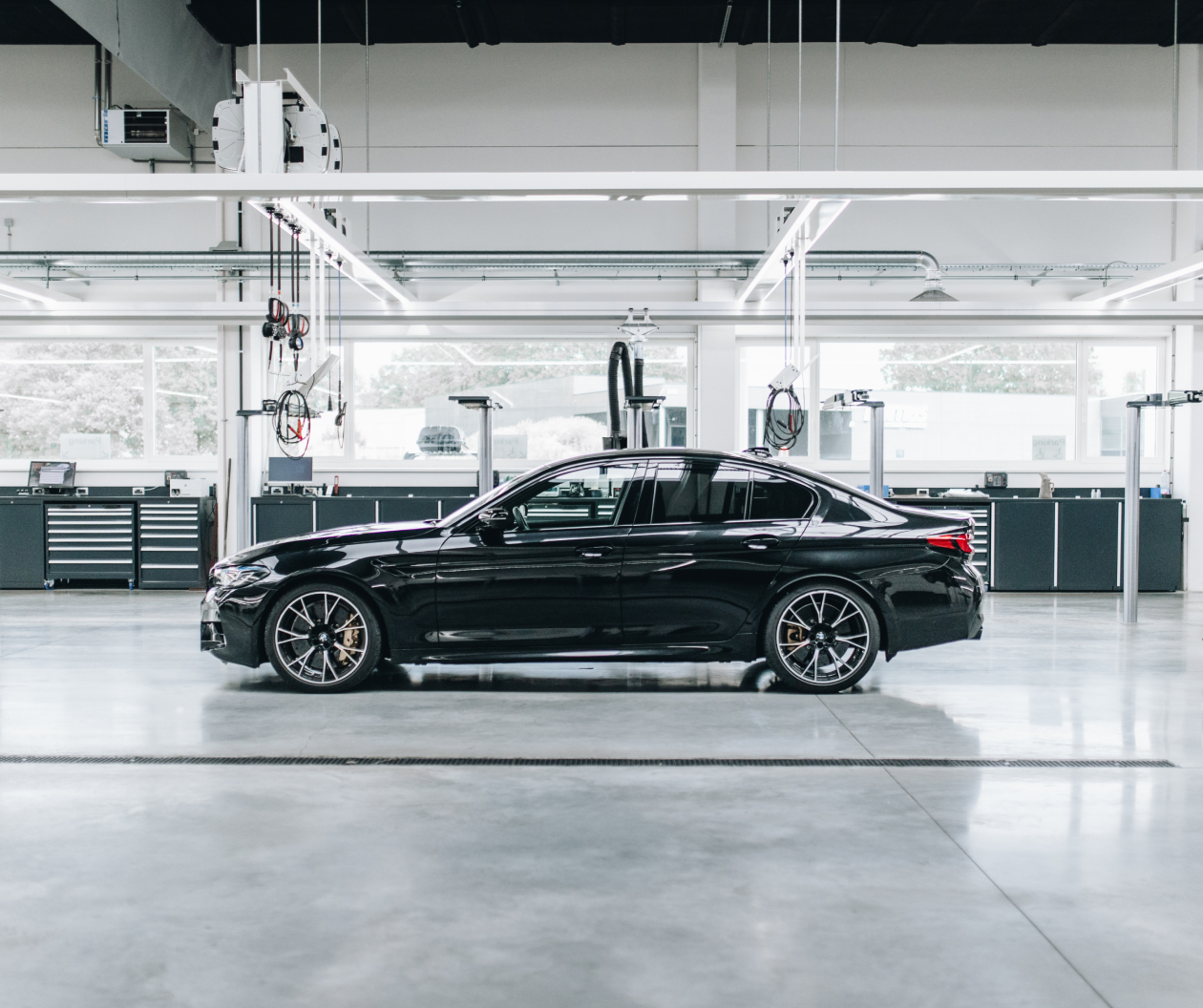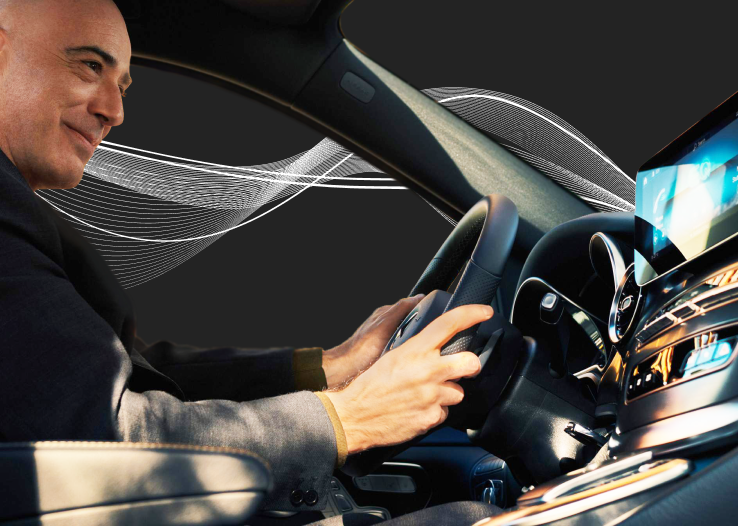A big-ticket item needs a big-ticket experience. These days, the automotive digital retail experience could spell the difference between a sale on one’s premises and the buyer going elsewhere.
Most shoppers find the car buying process time-consuming and cumbersome. According to a survey by Gallup, only 8 percent of people rate car salespeople’s perceived honesty as “high” or “very high.” Dealerships need to create digital in-store experiences that provide true value to customers. But dealership digital transformation isn’t easy. It requires strategy and customer insight, dealer/OEM cooperation, and design and technology expertise.
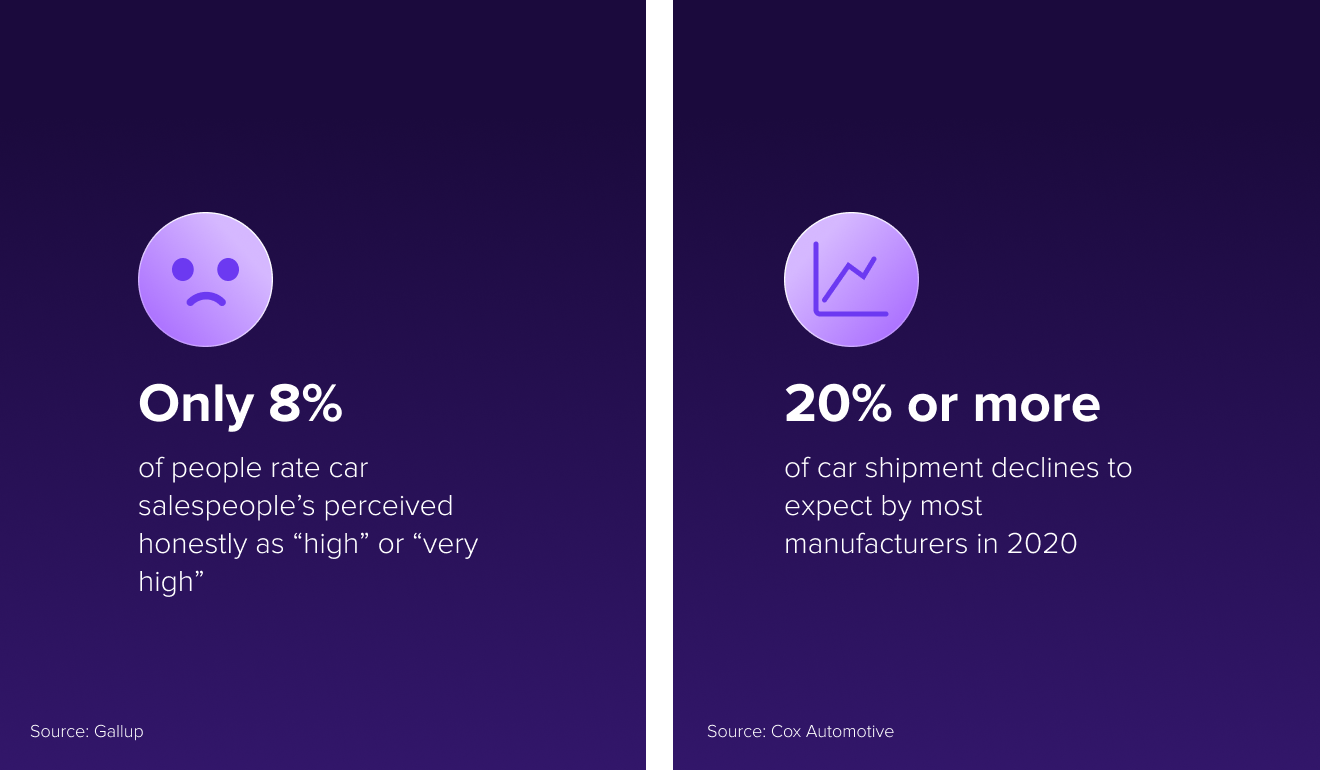
Car buying experience expectations are now digital...
The advent of smartphones and particularly apps means that many normal activities are now digital. This, combined with tough competition for user attention, puts pressure on dealers to create engaging experiences. Today’s customers expect the vehicle buying experience to be much more than a showroom visit and a test drive. But dealers have work to do. Only one in three consumers are “very satisfied” with the car dealership model, according to Cox Automotive.
There is little doubt that the pandemic has hurt performance even further, with most manufacturers likely to report shipment declines of 20% or more in 2020. This revenue dip will put even greater pressure on the automotive industry to improve the in-store experience so they can compete for a reduced pool of vehicle buyers.
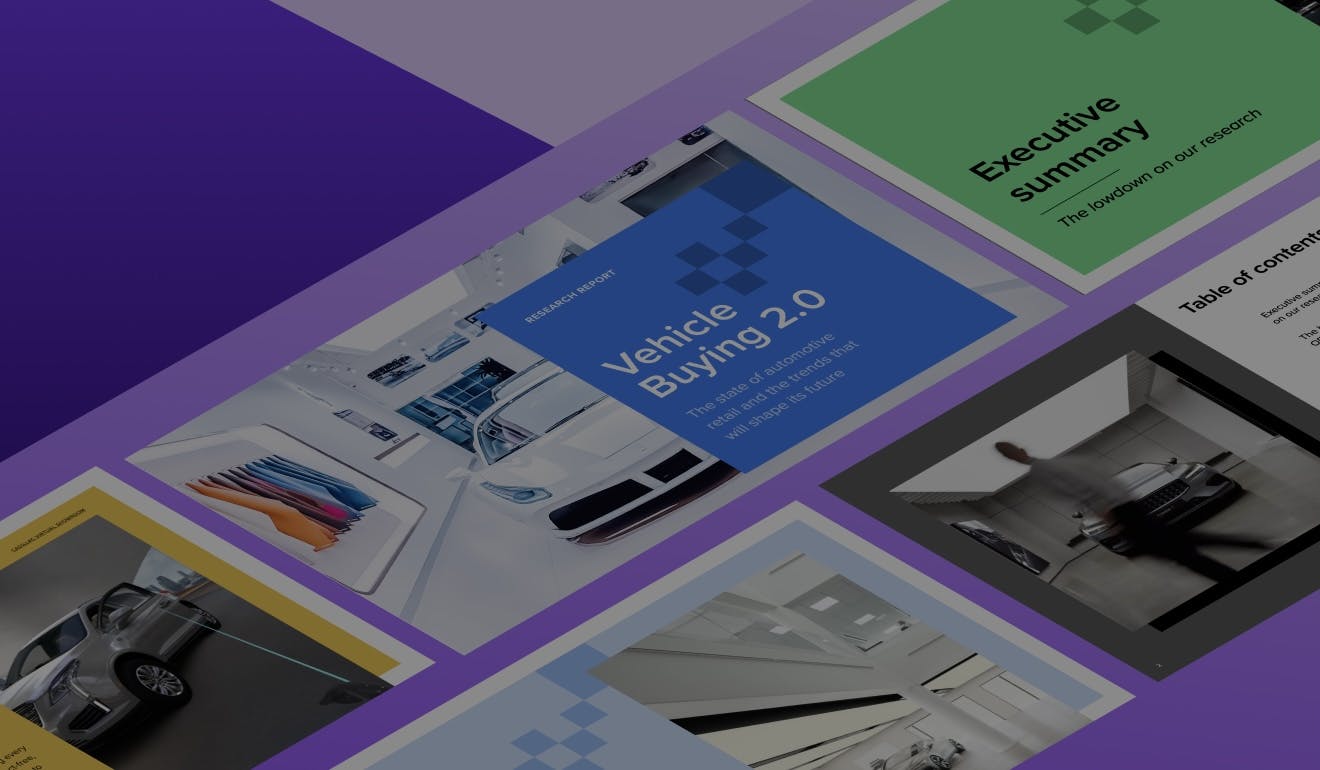
Ready to learn more about the future of automotive retail? Discover the trends changing the way vehicles are bought and sold in Star’s comprehensive research report.
…and must extend from whim to wallet
It is not enough to offer car dealer apps or online shopping experiences. Digital technologies have to be integrated with reality so that the customer believes the dealer is making the sales process easy and enjoyable, and that it actually cares about delivering consumers the product they desire.
According to a global survey of consumers in the US, UK and Canada, 63% of consumers expect personalization as a standard of service. A first step in personalization and digital transformation is to be able to identify the user so that when they walk through the showroom door, the salespeople know what models they have looked at, what features they have explored, and what customizations they have researched. This is a simple step, and the first towards a digital retail solution that augments the car buyer’s journey to a positive and enjoyable experience. This will also encompass specific marketing and sales functions, as well as customer relationship management and stock optimizations that are automated and interconnected to provide better intelligence and increased efficiency.
Mastering in-store digital experiences
To improve the customer experience, European e-bikes leader Accell Group partnered with Star to conceptualize and design an in-store digital kiosk for its bike dealers, called Younit. The tool enabled shoppers to browse the full collection of inventory, even if all models weren’t in store, and to find out more information about the products without having to rely on a salesperson.
Read more about the Younit digital retail solution.
And go beyond the low hanging fruit…
This is merely scratching the surface of what needs to be done to create a compelling automotive digital retail experience and advance dealership digital transformation. Simple added benefits such as free WiFi, high-quality coffee, childcare, and more can further enhance the customer experience.
All of these benefits can be greatly improved by adding a digital element. For example, allowing people to book both childcare and a test drive at the same time on a dealer app provides the dealer with valuable customer information while making the customers’ lives easier. Digital technologies like this help transform a dealership from a place to buy a vehicle, into a boutique space that provides personalized and pleasant digital experiences that a visitor will actually want to return to.
…to new experiences such as AR/VR
The next stage of dealership digital transformation requires greater digital know-how in terms of design and implementation to create a deeply integrated and immersive online and offline automotive digital retail experience. Virtual and augmented reality offer great opportunities to enhance the buyer’s experience in the showroom or even remotely.
A high-end VR unit can render a realistic tour of the exact specification the user has created in the app. This will both delight the user and enable the dealer to potentially upsell more options. Obviously, back-end integration and design skills are required to achieve a seamless and enjoyable experience, which raises a significant challenge for both OEMs and dealers.
Augmented reality (AR) offers similar opportunities and can give the user a better feel of different design choices and options. Examples include allowing consumers to see what different alloy wheels and carbon fibre panels would look like on a real vehicle, even if those options aren’t on the vehicle or even present in the showroom. The caveat here is integration. The dealer needs to know what options the buyer has expressed interest in ahead of time so the experiences are ready and waiting to be demonstrated the minute the device is held up to the demonstration vehicle.
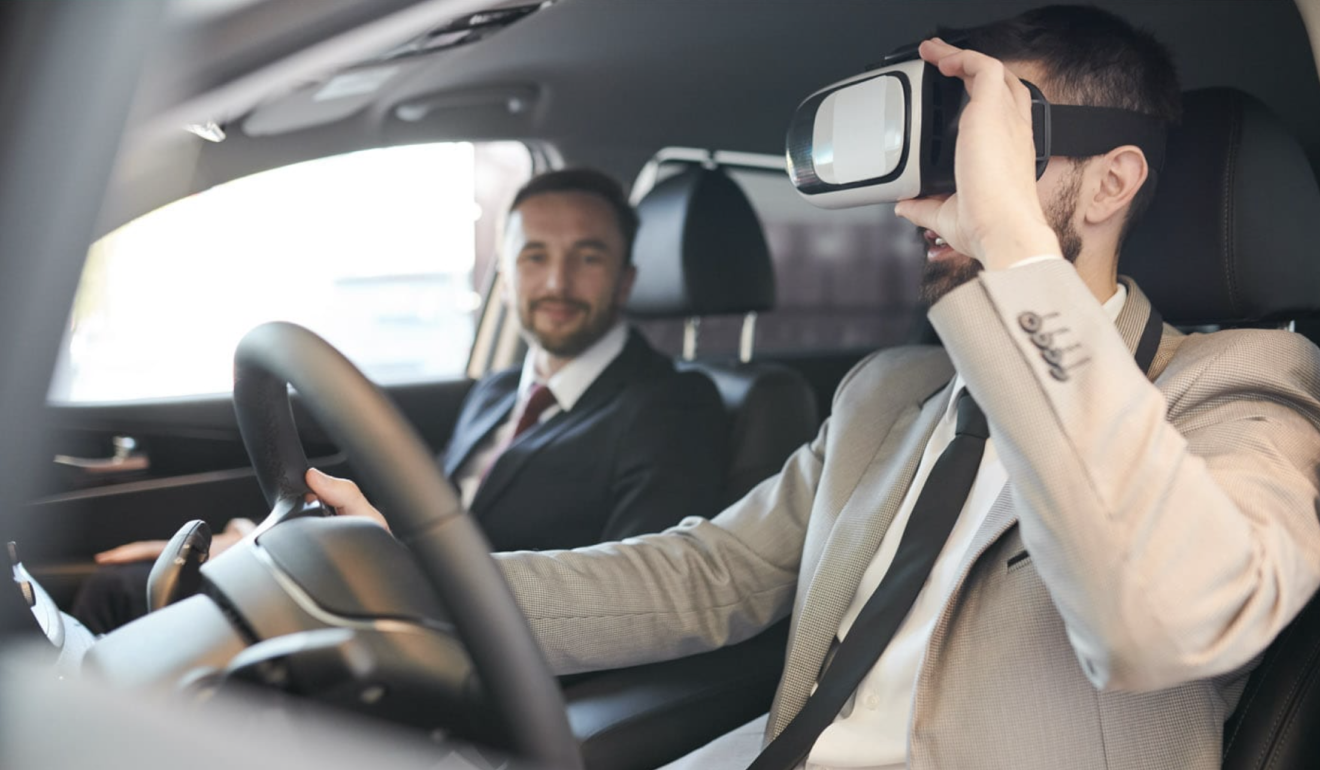
Post-sale support is part of the digital retail solution
The opportunities do not stop at the point of sale. After-sales support and servicing are also touchpoints that can differentiate a dealer, drive sales, and enhance the brand and reputation of both the OEM and the dealership.
OEMs and dealers should consider simple things like enabling customers to track the location of the vehicle prior to delivery and arrange financing and servicing from an all-in-one app that interacts with the vehicle. These features and services are but a fraction of what is possible. Very little of this exists today outside of the electric vehicle start-up space, meaning OEMs and dealers have a huge opportunity to differentiate themselves and increase brand loyalty without an expensive marketing campaign.
Dealership experience design and implementation are crucial…
As always, the difficulties lie in the details, as behind a seamless customer experience lies software infrastructure that must be accessible by multiple parties. OEMs and dealers need to cooperate more closely and share software assets to ensure this seamless experience for the buyer. This creates new requirements for data security and privacy, further complicating implementation for the automotive industry. But digital innovation won’t happen unless OEMs and dealers work through this.
…and OEMs and dealerships do not have this skill set
OEMs and dealers can attempt to create these innovations themselves, but, so far, history has not been kind when the automotive industry has taken this route. This is because OEMs and dealers have historically sold only hardware. Furthermore, they have both forgotten that hardware the minute it leaves the showroom, and they understand very little about the human behind the wheel.
Dealership digital transformation depends on an enhanced understanding of the car buyer journey, from whim to wallet, combined with the ability to design a customer experience that delights the buyer at every stage of the process. The best approach to dealership digital transformation is for OEMs and dealers to find partners who specialize in digital transformation, software integration, and best-in-class user experiences.
